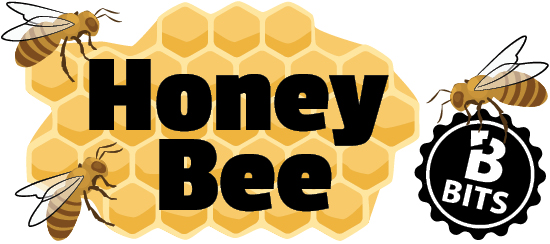
Illustrated by: Sabine Deviche
Flashcard facts and information about bees
Biology Bits stories are a great way for you to learn about biology a little bit at a time. We’ve broken down information into pieces that are very tiny—bite-sized biology cards. Cutting out the cards will let you organize them however you want, or use them as flashcards while you read.
This set of bits will teach you about life in and out of the colony for insects that are very important to humans: bees. To learn more about the science behind bees, visit Bee Bonanza.
Play the slide show from the beginning or pick a slide to begin with by clicking on a slide below.
Bibliographic details:
- Article: Bee Bits
- Author(s): Ruth Biggs, Danielle Houseman, Amanda Wojtalik
- Publisher: Arizona State University School of Life Sciences Ask A Biologist
- Site name: ASU - Ask A Biologist
- Date published:
- Date accessed:
- Link: https://askabiologist.asu.edu/biology-bits/bee-bits
APA Style
Ruth Biggs, Danielle Houseman, Amanda Wojtalik. (). Bee Bits. ASU - Ask A Biologist. Retrieved from https://askabiologist.asu.edu/biology-bits/bee-bits
Chicago Manual of Style
Ruth Biggs, Danielle Houseman, Amanda Wojtalik. "Bee Bits". ASU - Ask A Biologist. . https://askabiologist.asu.edu/biology-bits/bee-bits
Ruth Biggs, Danielle Houseman, Amanda Wojtalik. "Bee Bits". ASU - Ask A Biologist. . ASU - Ask A Biologist, Web. https://askabiologist.asu.edu/biology-bits/bee-bits
MLA 2017 Style
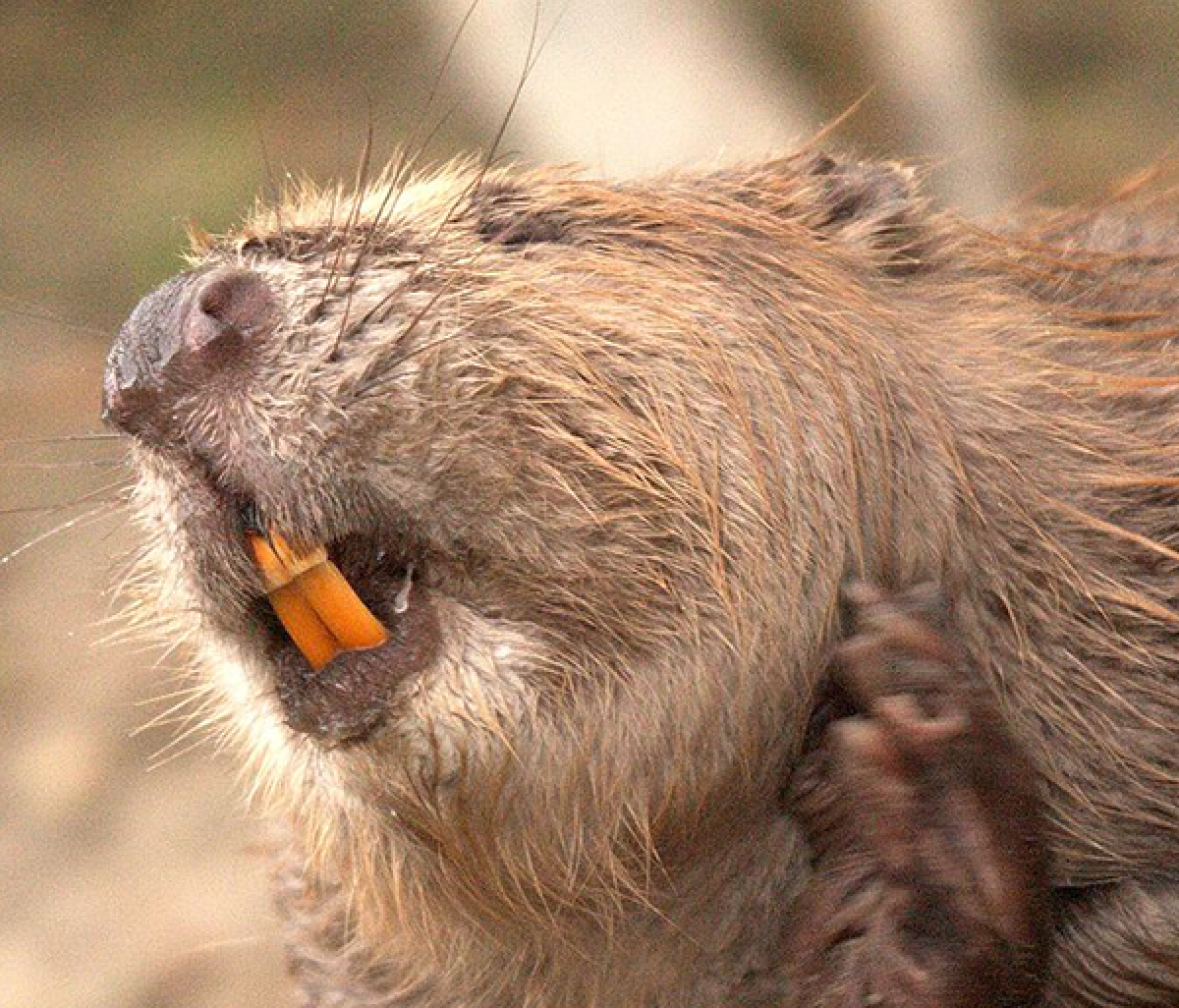
Be Part of
Ask A Biologist
By volunteering, or simply sending us feedback on the site. Scientists, teachers, writers, illustrators, and translators are all important to the program. If you are interested in helping with the website we have a Volunteers page to get the process started.


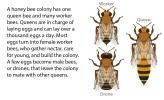
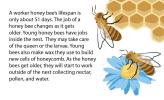
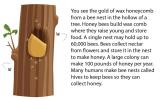
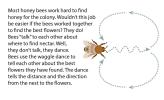
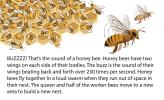
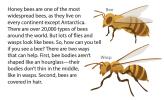
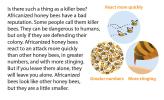
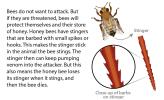
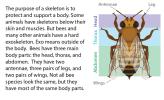

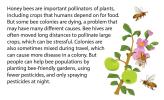
![Africanized - [aff-rick-uh-nyzed]; Antennae - [an-ten-ee]; Colony - [call-uhn-ee]; Exoskeleton - [eks-oh-skel-eh-ton]; Larva - [lahr-vuh]; Larvae - [lahr-vee]; Nectar - [neck-ter]; Pesticides - [pess-tuh-sides]; Pupa - [pyoo-puh]; Pupae - [pyoo-pee]; Thorax - [thohr-acks]; Venom - [veh-nuhm]; Wax - [wacks] A silhouette illustration of someone speaking with "how do you say?" written in words.](/sites/default/files/styles/biology_bit_thumbnail_120x74/public/biology-bits-honey-bee-13.jpg?itok=jUqU6ZiA)
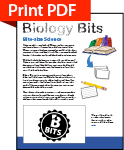

 For Teachers
For Teachers